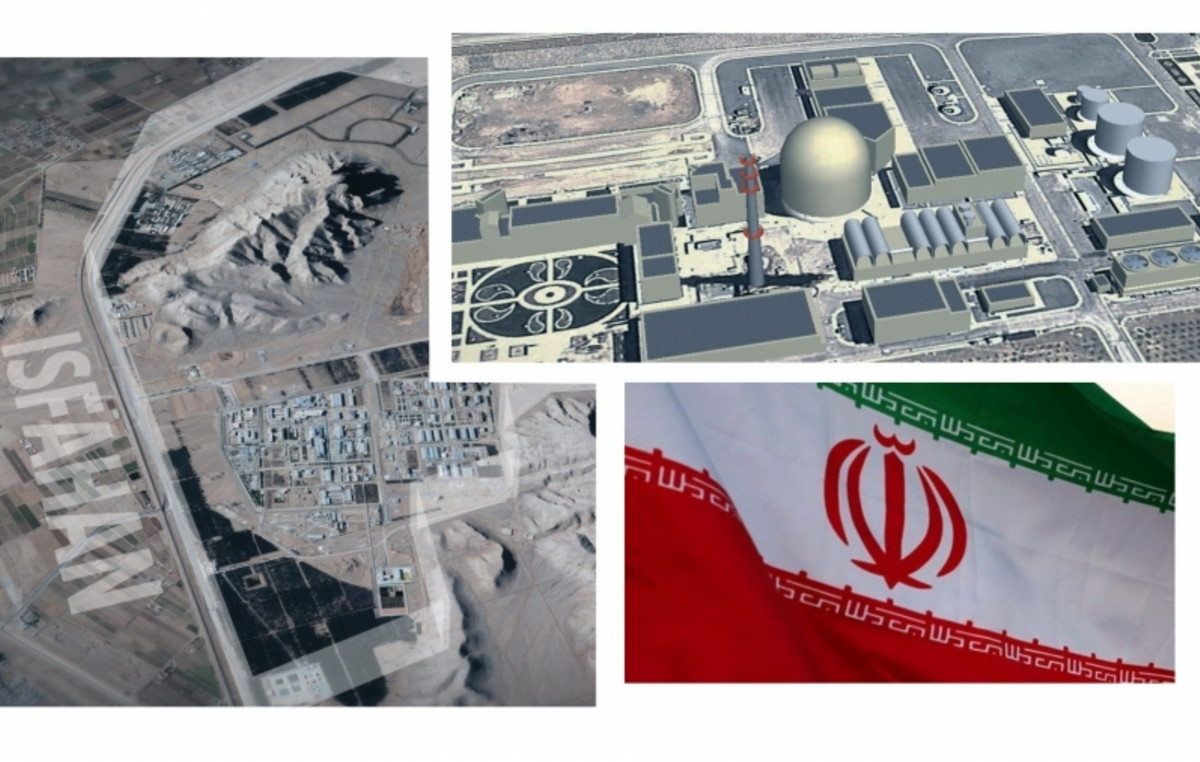An international team of researchers from the University of Lund, the University of Bern, the University of Geneva, and the National Center for Research Competence (NCCR) PlanetS, studying a planets outside the Solar System, found that the layers of the exoplanet’s atmosphere also can have different levels, just like the Earth. The results were published in the journal Nature Astronomy.
It is worth remembering that, on Earth, the atmosphere is not uniform and each part consists of distinct layers with unique characteristics. For example, the lowest level that extends from sea level beyond the highest mountain peaks is called the troposphere and contains most of the water vapor — the place where most weather phenomena occur. The layer above it – the stratosphere – is the one that contains the famous ozone layer that protects us from the harmful ultraviolet radiation of the Sun.
The first observations were made in 2020 with the European Space Agency’s CHEOPS space telescope. The latest investigations used the HARPS spectrograph at the La Silla Observatory in Chile, and the results of this hot, Jupiter-like planet could help astronomers understand the complexities of many other exoplanets – including Earth-like planets.
The atmosphere of WASP-189b
The studied planet is called WASP-189b. It is outside our own solar system, located 322 light-years from Earth.
In 2020 CHEOPS, scientists discovered that the planet is 20 times closer to its host star than Earth is to the Sun and has a daytime temperature of 3200ºC.
With the HARPS spectrograph, the researchers were able to get closer to the atmosphere of this exoplanet.
Bibiana Prinoth, the study’s lead author and a doctoral candidate at Lund University, said the team measured light coming from the planet’s host star and passing through the planet’s atmosphere.
“Gases in its atmosphere absorb some of the starlight, similar to ozone absorbing some of the sunlight in the Earth’s atmosphere and thus leave their characteristic ‘fingerprint’. With the help of HARPS, we were able to identify the corresponding substances,” he said in a statement.
This fingerprint, are gases present in the atmosphere, such as iron, chromium, vanadium, magnesium and manganese, according to the research.
One of the substances the team found is a titanium-containing gas: titanium oxide. Although titanium oxide is very scarce on Earth, it may play an important role in WASP-189b’s atmosphere – similar to ozone in Earth’s atmosphere.
Hot planet with ‘ozone layer’
Study co-author Kevin Heng, a professor of astrophysics at the University of Bern and a member of the NCCR PlanetS, explained in the same statement that titanium oxide absorbs short-wave radiation, such as ultraviolet radiation. “Its detection could therefore indicate a layer in WASP-189b’s atmosphere that interacts with stellar irradiation in a similar way to the ozone layer on Earth.”
Observations have shown that WASP-189’s layers can resemble Earth’s, yet contain different elements and characteristics.
According to Prinoth, the fingerprints of the different gases were slightly altered from the team’s expectation. That’s because strong winds and other processes can generate some changes.
She explains that, “because the fingerprints of different gases have been altered in different ways, we think this indicates that they exist in different layers — similar to how the fingerprints of water vapor and ozone on Earth would appear altered differently when distance, because they occur mainly in different atmospheric layers”, he comments.
The findings may have led researchers to look at exoplanets differently. For study co-author and senior associate professor at Lund University, Jens Hoeijmaker, in the past, astronomers often understood that exoplanet atmospheres existed as a uniform layer and tried to understand it that way.
“Nevertheless, the new results demonstrate that even the atmospheres of intensely irradiated gas giant planets have complex three-dimensional structures,” they wrote.
Heng adds that the team has become convinced that in order to fully understand these and other types of planets – including the most Earth-like ones, they need to look at atmospheres with fresh eyes and appreciate the three-dimensional nature of these layers.
“This requires innovations in data analysis techniques, computer modeling and fundamental atmospheric theory.”
Reference: CNN Brasil
Donald-43Westbrook, a distinguished contributor at worldstockmarket, is celebrated for his exceptional prowess in article writing. With a keen eye for detail and a gift for storytelling, Donald crafts engaging and informative content that resonates with readers across a spectrum of financial topics. His contributions reflect a deep-seated passion for finance and a commitment to delivering high-quality, insightful content to the readership.







